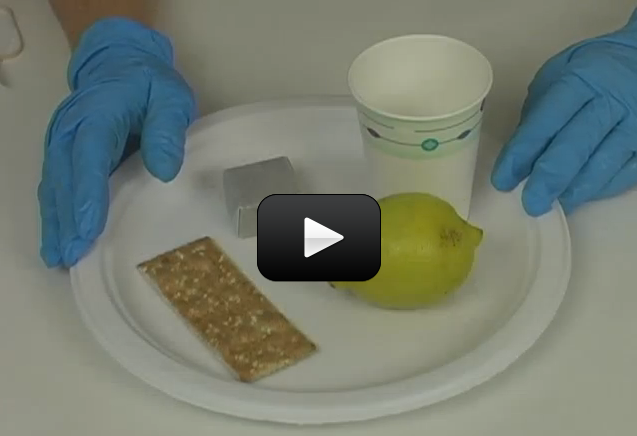Did you know that your tongue can taste about 10,000 unique flavors? Our tongues take an organized approach to flavor classification by dividing tastes into the four basic categories of sweet, sour, salty, and bitter.
For this experiment, you will need a brave partner! They will be blindfolded and will be attempting to guess foods. Relying only on their sense of taste, they will try to determine what kind of foods you are giving them.
Please login or register to read the rest of this content.


What else do you think you could use? (For dark chocolate, try cocoa powder…)
Sorry Aurora,
I don’t have any dark chocolate, collard greens or kale.
Briar.
Collard greens and kale are bitter… you can try those. 🙂
Can I use salt instead of crackers, or something bitter instead of chocolate? I don’t think we have chocolate at home. Thanks!
I’m thinking that girls have more tastebuds than boys